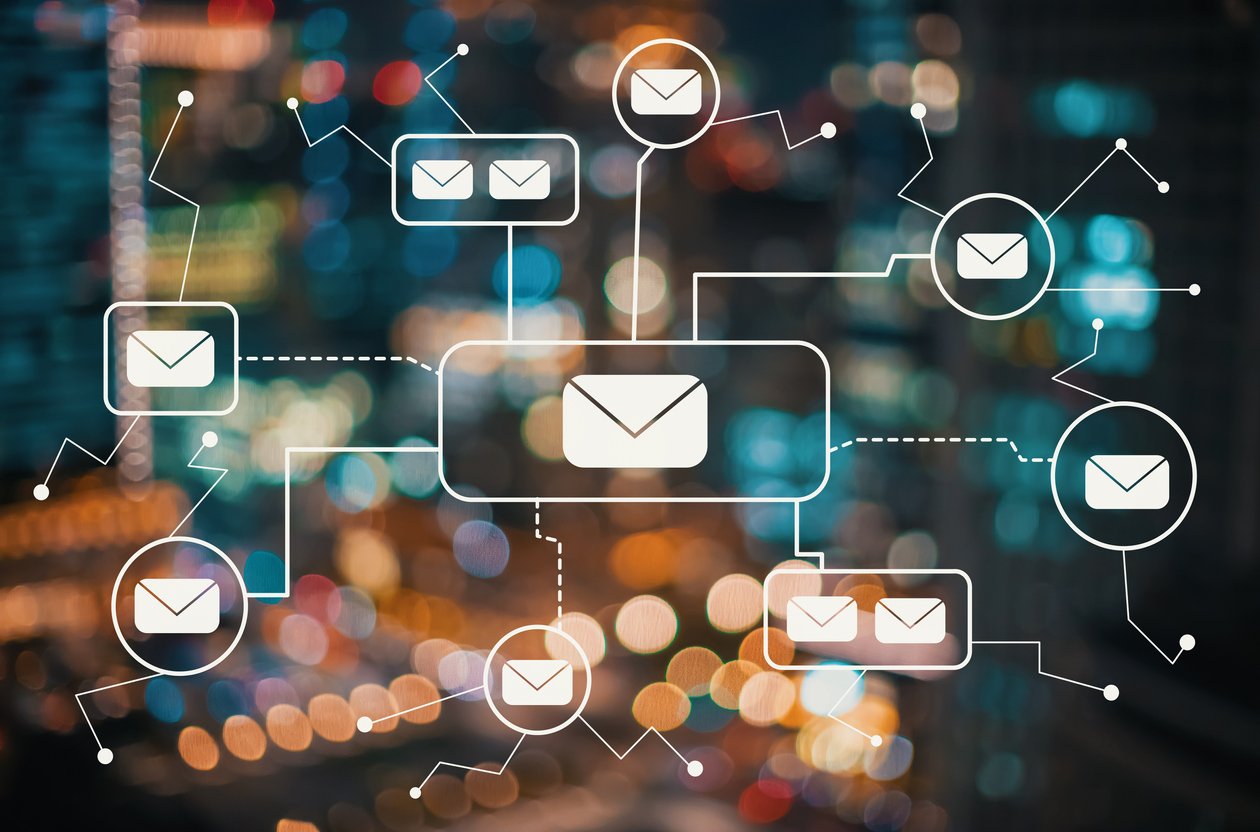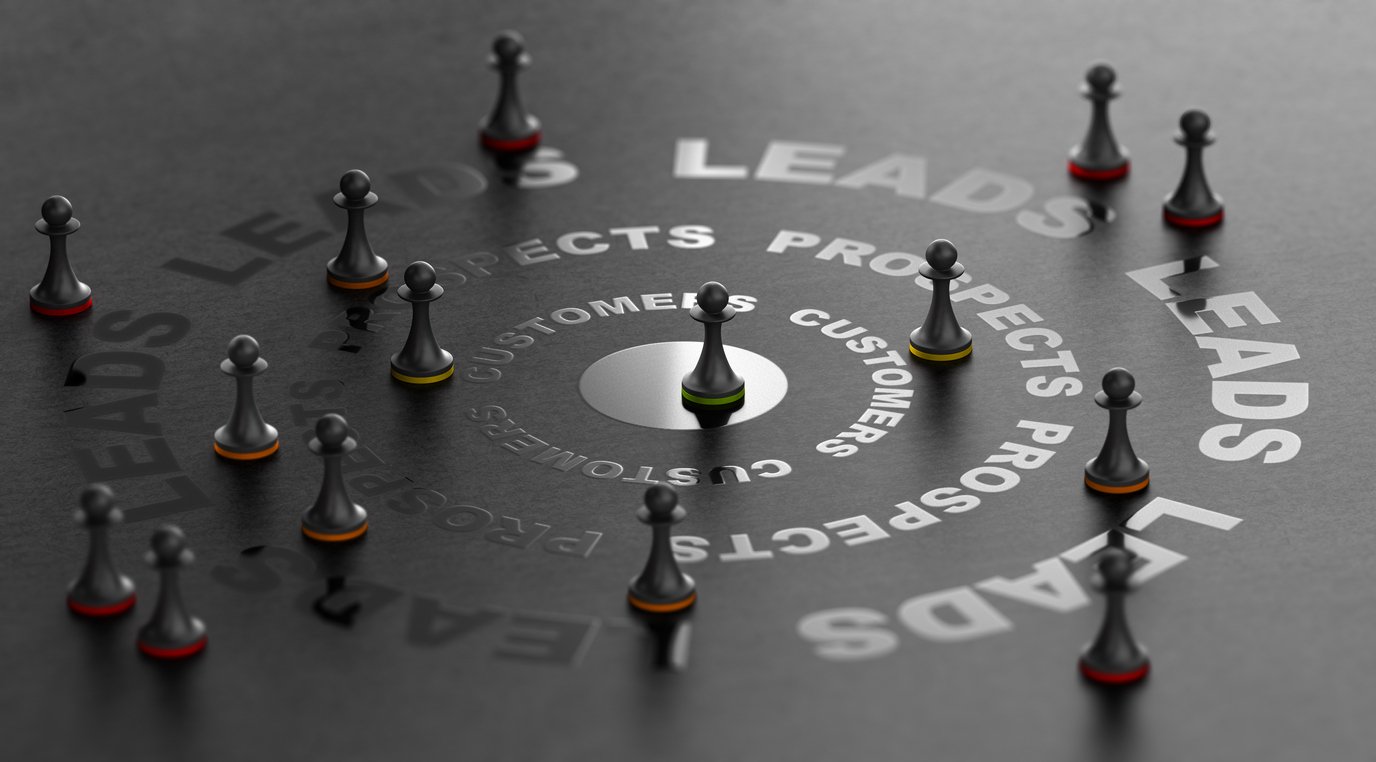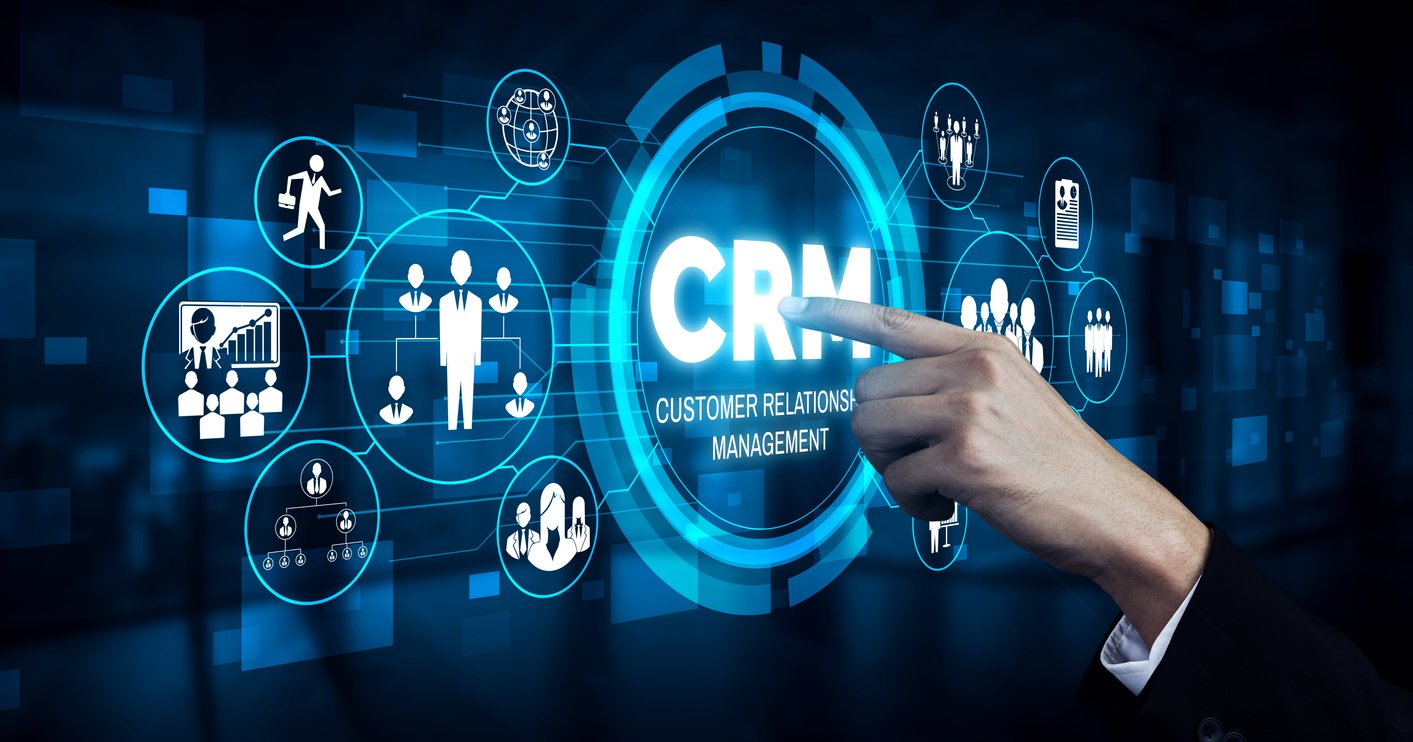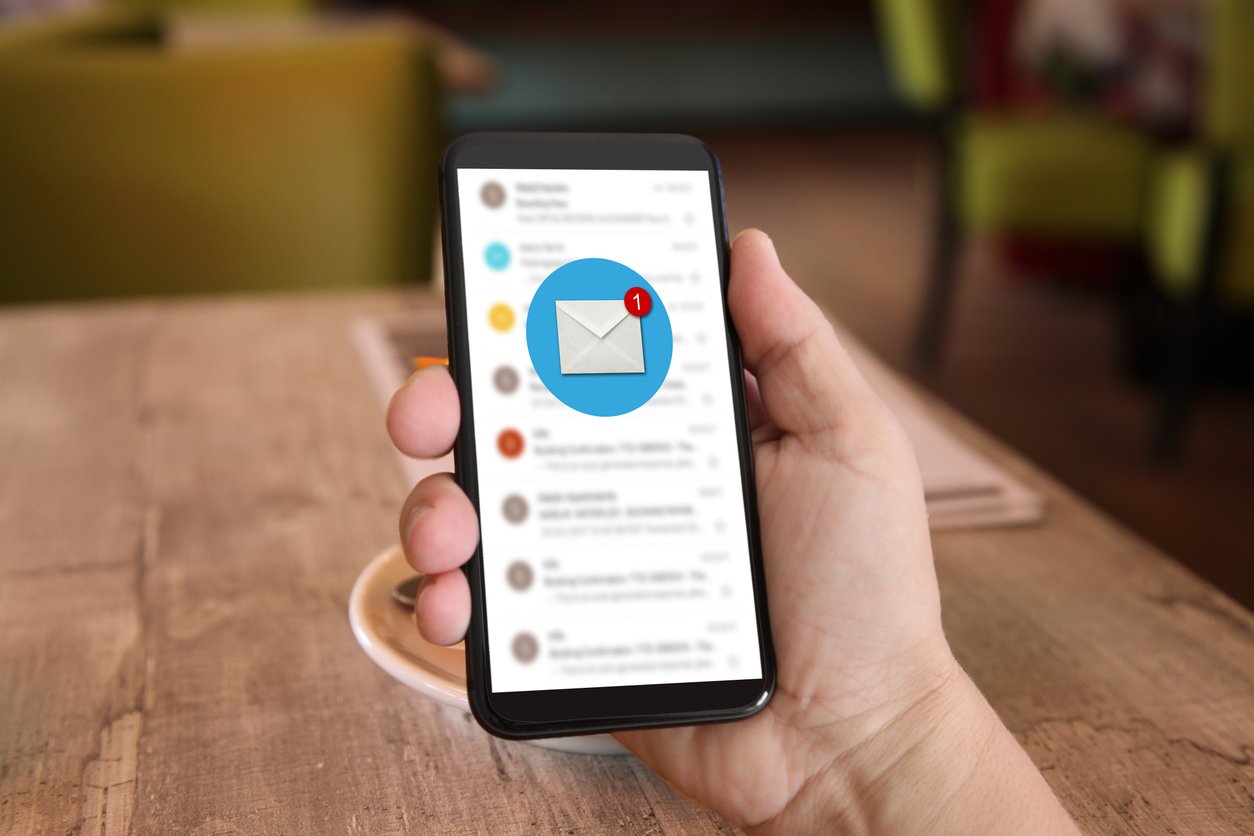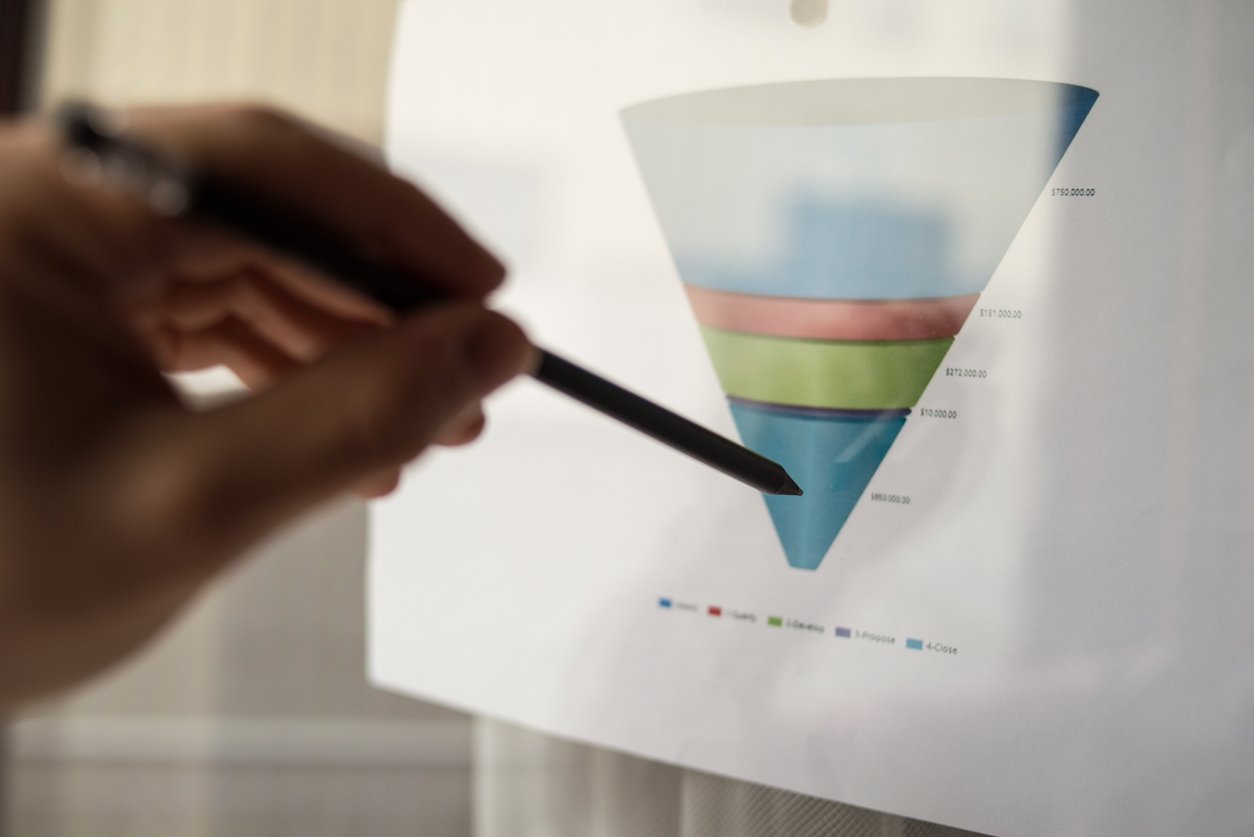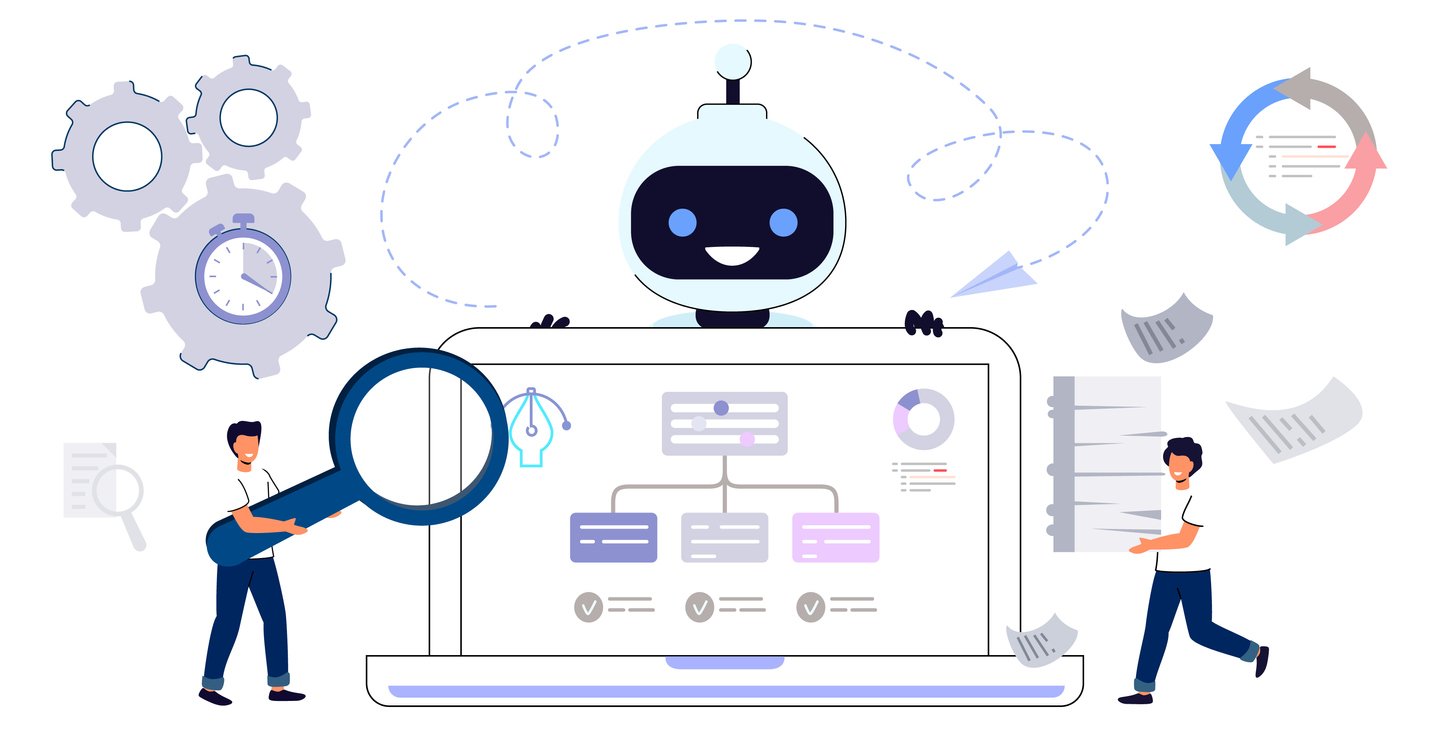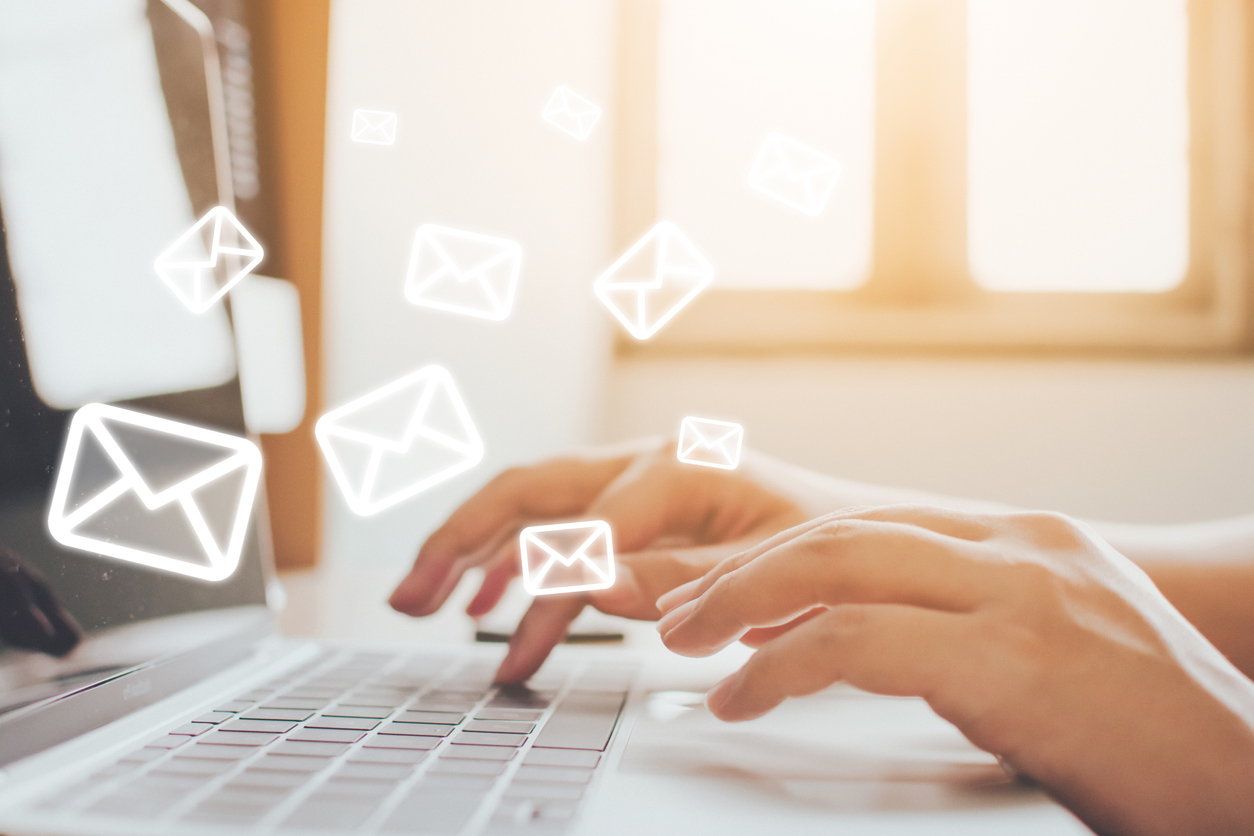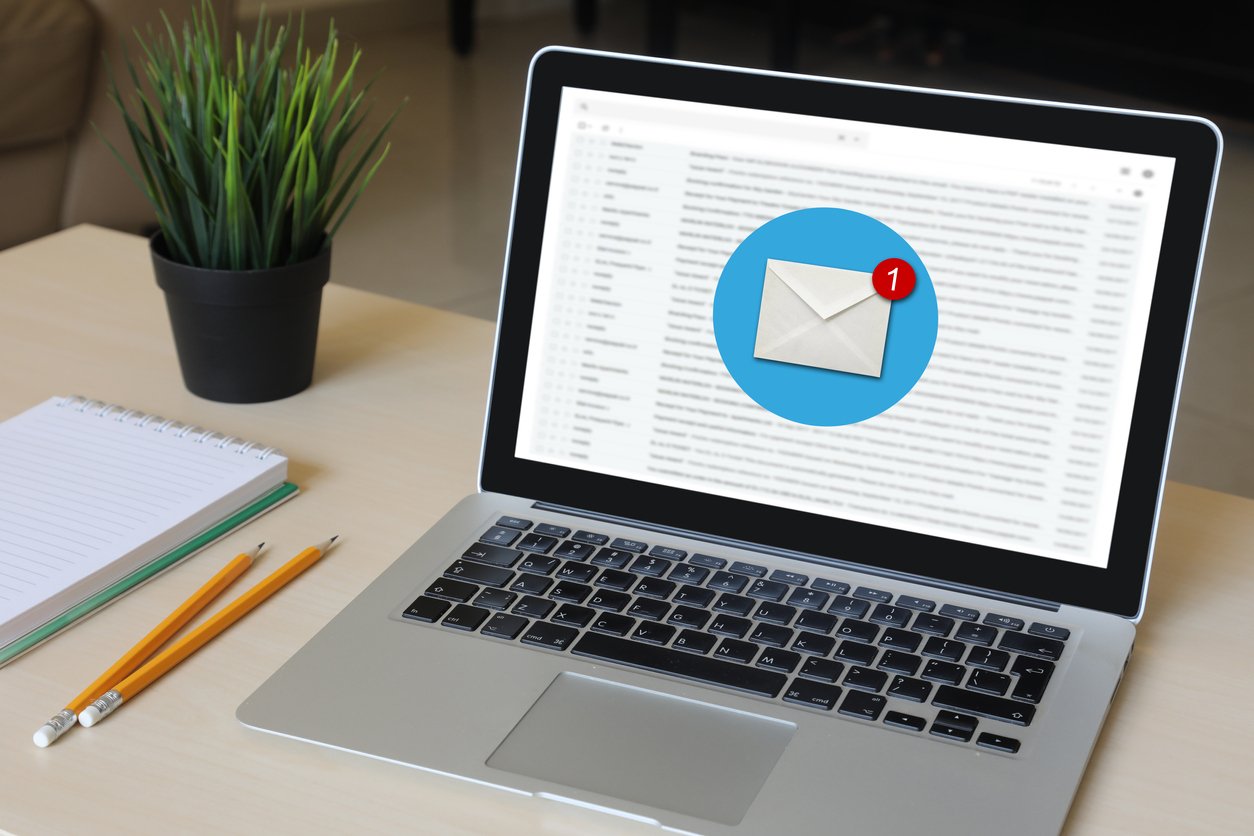
Email Marketing Leads: Strategies to Attract, Nurture, and Convert
 Updated on
Updated on
 By Bradley Kovacs
By Bradley Kovacs
Bradley Kovacs
Bradley has been passionate about technology since childhood, starting with Microsoft Flight Simulator at age six. In college, he automated his data e...
learn more
Bradley Kovacs
Bradley has been passionate about technology since childhood, starting with Microsoft Flight Simulator at age six. In college, he automated his data e...
Table of Contents
Table of Contents
Email remains one of the most direct, personal, and effective ways to reach potential customers, but only if you know how to turn casual subscribers into qualified email marketing leads. Too many businesses blast out newsletters hoping for clicks without a clear strategy behind what happens next.
Lead generation in email marketing is about attracting the right audience, engaging them with the right content, and guiding them down a conversion path with intention.
From high-converting sign-up forms to automated email sequences that do the heavy lifting, this guide will walk you through what works.
Here's to stop guessing and start getting more from every email you send.
Email Marketing and Lead Generation: A Perfect Match

Email and lead generation go hand in hand, like great coffee and a quiet morning. When done right, email marketing attracts leads, nurtures them, qualifies them, and helps close the deal.
Here's how.
Why Email Is a Top Lead Gen Channel
Email consistently ranks as one of the highest ROI marketing channels, with some studies showing returns as high as $36 for every $1 spent. Why? Because email gives you a direct line to your audience. It's personal, permission-based, and easily automated.
Unlike social media, where algorithms shift like sand, or paid ads that drain budgets fast, email marketing gives you control. You own your list. And when it's full of qualified email marketing leads, you're no longer chasing conversions, they're already in your funnel.
Email Marketing's Role in Lead Generation
Strong email marketing and lead generation strategies rely on three core building blocks:
1. Lead Magnets + Opt-ins
You need a reason for someone to hand over their email address. That's where lead magnets come in: free guides, webinars, discount codes, quizzes, and more. But the magnet is only half the equation.
The opt-in process must be frictionless. Think short forms, clear CTAs, and instant value. Tools like Ringy can help you track these leads from the moment they join your list, making sure no opportunity slips through the cracks.
2. Nurture Flows
Not all leads are ready to buy, and that's okay. Automated lead-nurturing sequences keep your brand top of mind while slowly warming up cold contacts. Send educational content, success stories, product tips, and helpful insights. This builds trust and pushes leads closer to the decision stage.
3. Conversion-Driven Campaigns
Once your leads are warm, it's time to drive action. These emails should include product demos, limited-time offers, or case studies that showcase real results. Clear messaging, compelling CTAs, and good timing make all the difference here. Email marketing lead generation strategies should always include a plan for this final push.
Comparison Chart: Email vs. Paid Ads vs. SEO for Lead Gen
Here's a quick breakdown of how email marketing stacks up against paid ads and SEO when it comes to attracting and converting leads.
|
Criteria |
Email Marketing |
Paid Ads |
SEO |
|
Cost |
Low, high ROI |
High, ongoing spend |
Medium (mostly time-based) |
|
Speed |
Medium (list building takes time) |
Fast (instant visibility) |
Slow burn (long-term results) |
|
Lead Quality |
High (opt-in = intent) |
Medium (depends on targeting) |
High (intent-based search) |
|
Control |
High (you own your list) |
Medium (platform rules apply) |
Low (algorithms & updates) |
|
Personalization |
Excellent (customized flows) |
Limited |
Limited |
|
Best Use Case |
Nurturing + conversion |
Quick traffic boost |
Long-term organic lead generation |
Email marketing may not deliver instant traffic like paid ads or long-term compounding growth like SEO, but for converting leads already in your ecosystem, it's unmatched.
Lead Generation in Email Marketing: Key Principles

The most successful lead generation email marketing strategies follow a few core principles that keep your list engaged, your messages relevant, and your conversions climbing.
1. Permission-Based Marketing
Nobody likes a surprise in their inbox, especially one they didn't ask for. Permission-based marketing means only sending emails to people who want to hear from you. Not only is this legally smart (hello, GDPR and CAN-SPAM), but it also results in higher engagement.
When someone opts in to your list, whether it's through a lead magnet, sign-up form, or gated content, they're signaling interest. That's your golden opportunity to begin a lead-nurturing journey.
2. Consistency and Cadence
Leads won't convert if they don't remember who you are. Email marketing for lead generation thrives on consistency, not spammy frequency, but a steady cadence. Whether you send once a week or bi-weekly, set expectations and stick to them.
You're building a relationship, not just pushing promos. A consistent presence builds trust, keeps your brand top of mind, and makes it more likely your subscribers will take action when they're ready to buy.
3. Segmentation for Relevance
Blasting the same email to everyone is the quickest way to get ignored (or unsubscribed). Segmentation divides your list based on data like behavior, interest, location, or stage in the sales funnel, so each email speaks directly to that group's needs.
For example, leads who downloaded an eBook need different content than those who booked a demo. Ringy lets you segment your email marketing leads dynamically, so each campaign hits the right inbox at the right time, with the right message.
4. Personalization for Engagement
People don't connect with brands, they connect with people. Personalization goes way beyond “Hi, [First Name].” It's about tailoring the content, timing, and call-to-action to match the individual's behavior and interests.
Dynamic content blocks, product recommendations, and activity-triggered emails all fall under this umbrella. Personalized emails see 6x higher transaction rates, and they're more likely to be read, clicked, and acted on.
By using personalization alongside segmentation and automation, your email marketing lead generation techniques become more targeted, more effective, and far more human.
Email Marketing Lead Generation Strategies That Work

Attracting leads is one thing. Turning them into customers? That's where strategy comes in. These email marketing lead generation strategies blend creativity, automation, and personalization to help you build a high-converting system that works on autopilot.
1. Create Lead Generation Email Marketing Campaigns
The best lead gen campaigns start with value. So, include the following:
- Opt-in Offers: Entice sign-ups with irresistible lead magnets, think eBooks, free trials, discount codes, or exclusive access. Just make sure what you offer aligns with what your audience actually wants.
- Landing Page Optimization: Your lead magnet is only as effective as the landing page it lives on. Keep it simple, focused, and mobile-friendly. Use persuasive copy, clear CTAs, and no unnecessary fields.
- List Hygiene & GDPR Compliance: A bloated list full of unengaged contacts hurts deliverability. Regularly clean your list by removing inactive users and make compliance (like GDPR or CAN-SPAM) part of your workflow. Clean lists convert better, period.
2. Automate with Lead Gen Email Marketing Tools
Why send emails manually when your tools can do the heavy lifting? Here's how:
- Trigger-Based Campaigns: Automatically send emails based on actions, like signing up, downloading a resource, or clicking a link. These real-time responses feel timely and personal, boosting engagement.
- Drip Sequences: Lead generation in email marketing thrives on nurturing. Drip campaigns guide subscribers through the funnel over time. Educate, build trust, then softly sell.
- Abandoned Cart & Re-Engagement: Don't let leads slip away. Recover lost sales with smart abandoned cart emails, and rekindle cold leads with re-engagement campaigns.
- Tools to Use: Ringy excels at creating automated, CRM-powered email workflows. It tracks lead activity, customizes outreach, and keeps your funnel moving. Other great tools include Mailchimp and ConvertKit, both solid for automation and list management.
3. Personalize Your Email Leads Marketing
Personalization isn't just nice, it's necessary.
Therefore, use behavioral and demographic data from your CRM system to speak directly to your leads' interests. In addition, employ dynamic tags to automatically insert names, preferences, purchase history, and more to make each email feel handcrafted.
Lastly, using conditional content lets you show different messages to different segments, all in one email.
Examples:
- Send product recommendations based on browsing history.
- Offer personalized discounts tied to previous purchases.
- Follow up with content based on webinar attendance or downloads.
Smart personalization turns generic lead gen email marketing into meaningful one-on-one conversations. And that's what drives clicks, conversions, and long-term loyalty.
Lead Generation and Email Marketing in B2B vs. B2C

Lead generation and email marketing may share the same tools in B2B and B2C, but the strategies? Totally different game plans.
The content, cadence, and conversion paths vary based on who you're selling to, and understanding these nuances can seriously improve your email marketing leads performance.
B2B: Whitepapers, Case Studies, Webinars
In B2B, the buying cycle is longer, more complex, and often involves multiple stakeholders. To generate and nurture leads here, you need to offer in-depth, value-packed content.
Here's what we're talking about:
- Whitepapers dive deep into problems your prospects are trying to solve.
- Case studies show real-world results from companies just like theirs.
- Webinars give you a platform to educate, engage, and establish authority.
These lead generation email marketing campaigns often focus on solving pain points and guiding decision-makers toward a confident “yes.”
Fortunately, Ringy's CRM features make this process seamless by organizing and tracking B2B sales leads as they move through your funnel.
B2C: Coupons, Flash Sales, Loyalty Emails
B2C email lead marketing is faster-paced and more emotionally driven. Here, your leads don't want a 10-page PDF, they want a great deal and a frictionless path to checkout.
Below are some of those deals:
- Coupons and promo codes convert price-sensitive shoppers.
- Flash sales create urgency and drive immediate action.
- Loyalty emails reward repeat buyers and keep them coming back.
Speed matters here. B2C emails should be visually engaging, mobile-friendly, and offer instant value. Again, with a solid sales CRM system like Ringy, you can automate these campaigns to target segments based on shopping behavior and past purchases.
Lead Conversion Paths and Buying Cycles
B2B leads require multiple touchpoints and more education before they buy, think weeks or months. Meanwhile, B2C leads can convert in minutes with the right offer.
That's why email marketing for lead conversion should align with your audience's decision-making process. Slow and strategic for B2B. Quick and compelling for B2C. The format, messaging, and timing must match the buying mindset.
Example: B2B Drip Campaign vs. B2C Welcome Series
Let's see how B2B drip campaigns are different from B2B welcome series:
- B2B Drip Campaign: Starts with a lead magnet (e.g., whitepaper download), followed by a series of educational emails, case studies, testimonials, and a call to book a demo. All focused on building trust and moving the lead through a longer sales funnel.
- B2C Welcome Series: Begins with a warm welcome, includes a discount code or freebie, introduces top-selling products, and ends with a limited-time offer. Fast-paced and conversion-driven, designed to capitalize on new subscriber interest.
In both cases, email marketing and lead generation go hand in hand, but knowing your audience's pace and priorities makes all the difference.
Lead Generation Email Marketing Tool Must-Haves

The software you use can make or break your email marketing leads strategy. Whether you're nurturing B2B contacts or running B2C flash sales, your lead generation email marketing tool should come packed with these essential features:
Email Builder + Automation
A drag-and-drop email builder saves time and keeps your emails on-brand without needing a designer on speed dial. Add automation, and you've got a lead gen powerhouse.
You should be able to:
- Build beautiful, responsive emails fast
- Set up automated drip campaigns and trigger-based workflows
- Schedule emails to hit inboxes at just the right moment
CRM or Contact Database
If you're flying blind with a spreadsheet, you're already behind. A built-in CRM or contact database helps you store, organize, and act on lead data. It keeps your lead generation and email marketing efforts tightly aligned.
You'll want:
- Centralized lead profiles with contact history
- Tracking for email interactions and lifecycle stage
- Integration with forms, ads, and landing pages
With Ringy, every interaction is logged automatically, giving you the full picture of how your email leads marketing efforts are performing.
Analytics Dashboard
Gut feelings are great, but data drives decisions. Your email tool should have a clear, real-time dashboard so you can track what's working (and what's tanking).
Look for:
- Open rates, click-through rates, and conversions
- Bounce rates and unsubscribe trends
- A/B testing tools for subject lines, content, and timing
A good dashboard helps you tweak campaigns fast and fine-tune your email marketing lead generation strategies with confidence.
Segmentation and Tagging Features
Want better results? Send better-targeted emails. Segmentation and tagging let you slice and dice your audience based on behavior, demographics, purchase history, and more.
With these features, you can:
- Create hyper-specific campaigns for different lead segments
- Personalize messaging without starting from scratch
- Trigger emails based on tags like “downloaded eBook” or “cart abandoned”
Bottom line: If your tool doesn't have these features, your lead gen potential is capped. Invest in software that helps you work smarter, not harder.
Conclusion
When done right, email marketing leads generation can become your secret weapon for building trust, sparking engagement, and driving conversions at scale. From crafting irresistible opt-ins to automating nurture flows and segmenting with surgical precision, every step of the process plays a vital role in turning clicks into customers.
Whether you're B2B and relying on whitepapers, or B2C chasing flash-sale glory, the core principles stay the same: respect the inbox, know your audience, and use the right tools to make your emails work smarter.
Speaking of the right tools, Ringy brings it all together. With built-in CRM, smart automation, and powerful lead tracking, it's designed to help you not just store your leads' data, but convert them.
Want to see what Ringy can do for your email lead gen game? Request a free demo today and find out how simple, scalable, and seriously effective email marketing can be.

Skyrocket your sales with the CRM that does it all.
Calling? Check. SMS? Check. Automation and AI? Check. Effortlessly keep in touch with your customers and boost your revenue without limits.

Take your sales to new heights with Ringy.
Sales in a slump? Ringy gives you the tools and flexibility you need to capture leads, engage with them, and turn them into customers.
Subscribe to Our Blog
Enter your email to get the latest updates sent straight to your inbox!
Categories
Related Articles




